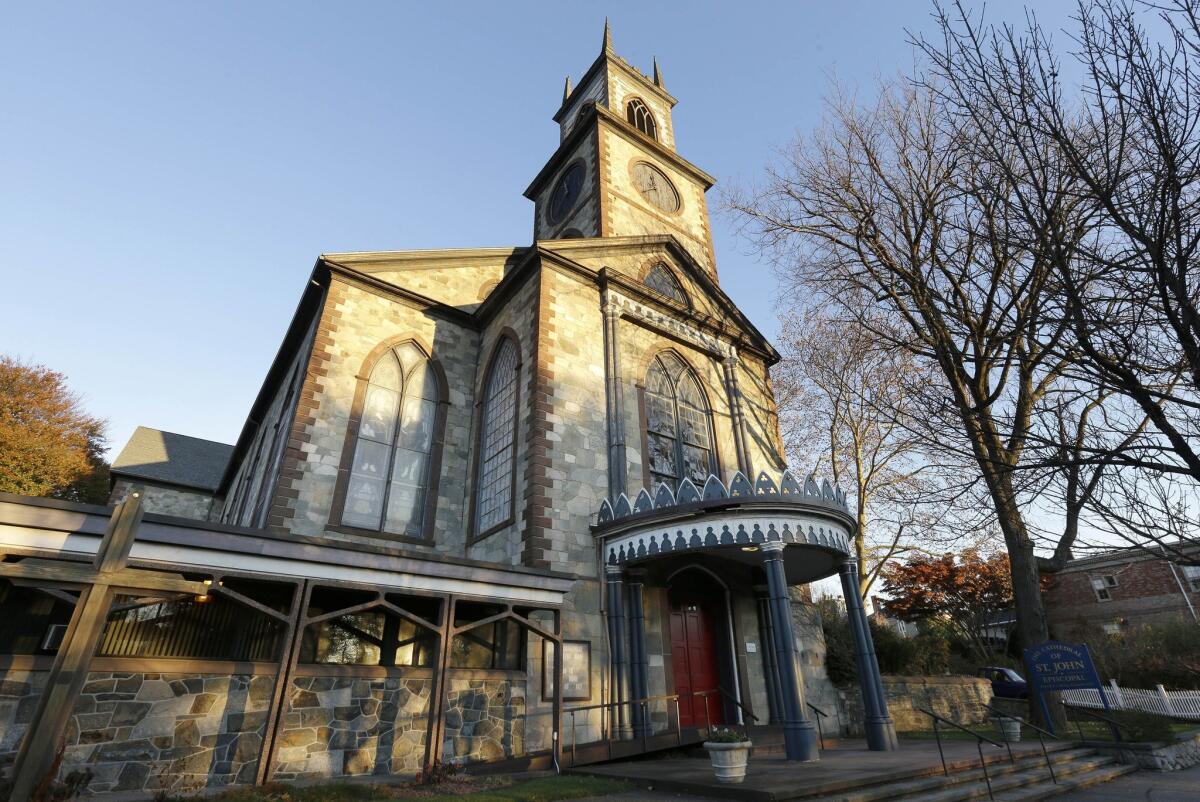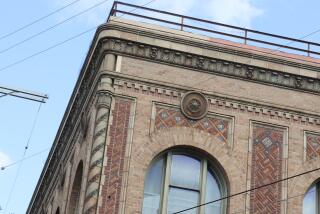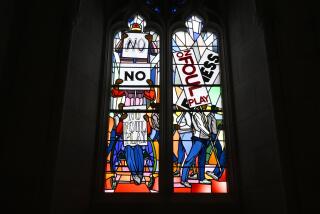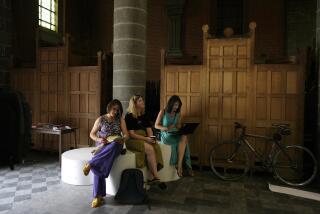Opinion: A cathedral could become a museum to a painful legacy: slavery

- Share via
The Episcopal Diocese of Rhode Island may be on to something good.
As much of the rest of the nation continues to debate what happened in Ferguson, Mo., and the spotlight it shines on the sharp differences between how whites and blacks view race relations in America, the New England diocese wants to convert a closed Providence cathedral into a Center for Reconciliation over the legacy of slavery to “begin working toward telling the truth about our own denomination’s participation in the slave trade as part of our own reconciliation work.” The most surprising part about this is how unusual the center would be -- it may well become the first of its kind in a country that was built on, and nearly destroyed by, slavery.
Our sense of the history of American slavery skews southward, and for good reason. It was the fracture between North and South -- the free states and the slave-holding states -- that led to Civil War, and which echoed through the Jim Crow and Civil Rights eras. To this day, that geographic divide influences perceptions, particularly among Northerners who have spent little time in the contemporary South (racial discrimination in the urbanized North has its own legacy).
But slavery existed throughout the original 13 colonies, and far out here in the Spanish West. It was only after the Revolutionary War that some Northern states began moving to ban the practice. Even then, it was a slow process. Part of the problem was how much the slave economy interconnected with the North, from the New England-based slave traders (nearly 6 in 10 slave-trading trips began in Rhode Island), to the port and finance markets of New York that handled slave-raised cotton trade with Europe. The Ivy League Brown University a decade ago began trying to recognize its own slavery-fed history, something other institutions should consider doing.
How the nation grew through slavery is both fascinating and informative. Cornell University historian Edward E. Baptist recently delved into the subject in his examination of the financial aspect of slavery, “The Half Has Never Been Told: Slavery and the Making of American Capitalism.” And how modern society reacts to that history is troubling. Insert the “the slaves were happy” narrative promulgated by apologists and revisionists (which Baptist pushed back against nicely).
So what does this have to do with present-day life in America? Nothing and everything, depending on your viewpoint. As I’ve written before, black and white Americans have had different histories in this country, though people often don’t fully understand their own histories. But recognizing the historic heft of cultural, social and legal experiences will get us farther along the road to figuring how to better mesh these disparate modern Americas.
Which brings me back to the potential Center for Reconciliation in Providence. It strikes me as a sound idea and I wish them luck. Programs and facilities where we can figure out the arc of history to the present should be celebrated as positive steps. Using the shuttered cathedral adds a layer of poignancy -- it first opened in 1820 for the city’s Episcopalians, many of whom in that era has made their fortunes in the trade of their fellow human beings.
There’s a nice closing of a circle in using a building in which slave traders worshipped God, and where they sought forgiveness for their sins, to enlighten modern society about how those sins still resonate.
Follow Scott Martelle on Twitter @smartelle.
More to Read
A cure for the common opinion
Get thought-provoking perspectives with our weekly newsletter.
You may occasionally receive promotional content from the Los Angeles Times.











